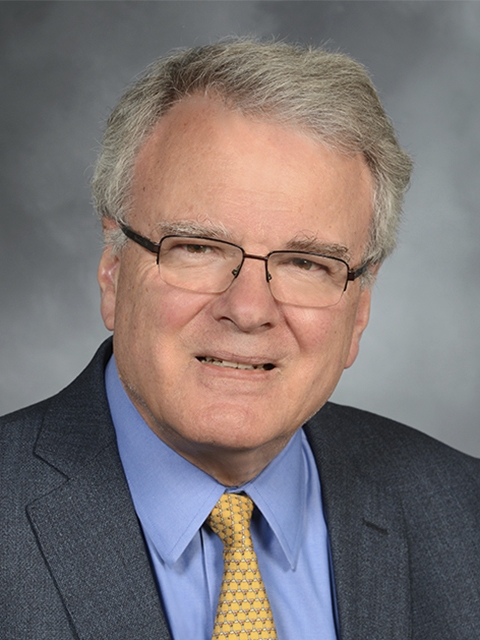I arrived at the Tri-Institutional Campus in September 1972 to pursue post-doctoral training in biophysics with Alexander Mauro at The Rockefeller University. I was recruited to Cornell University Medical College, now Weill Cornell Medicine, in 1973, where I embarked on my independent research career in membrane biophysics. My teaching responsibilities, however, were in respiratory physiology (I had published an article on oxygen and carbon dioxide binding to hemoglobin, which made me an expert). I spent three months (re)learning respiratory physiology, before I wrote the handouts for my lectures. Though a distraction from the research, I actually enjoyed the experience; it was much easier to decide what was important, and what was not, in a field that that was not the focus of my research—and respiratory physiology is a very quantitative field, which appealed to me. It also allowed me to focus on the mechanisms and their clinical implications.
When I later “graduated” to teach membrane physiology, I applied what I had learned from teaching respiratory physiology when I prepared my handouts and lectures. The focus was, again, on the mechanisms and their implications for fluid and electrolyte homeostasis—a key element in patient management. (Though I did not pursue clinical training after graduating from medical school, mostly because of a lack of physician-scientist role models in clinical departments, my interest in training physician-scientists or, more correctly, physicians who thought about clinical problems in terms of mechanisms dates back to when I was a medical student doing research in Jens Christian Skou’s Department of Physiology at the University of Aarhus in the mid/late 1960s.)
Apart from having MD-PhD students in the medical school classes, my first interaction with the (at the time Cornell-Rockefeller) MD-PhD Program was ignominious; an MD-PhD student wanted to do a research rotation in my laboratory, and he and I were informed by Dean at Rockefeller that I, as a Cornell faculty member, was not qualified to be a research mentor for MD-PhD students.
I got involved in more formal MD-PhD training (at the time there were three programs: the Cornell-Rockefeller Program founded in 1972; the Cornell-Sloan-Kettering Program, founded in 1981; and the Cornell-Cornell Program, founded in 1984) in 1984, when Erich Windhager, Chair of the Department of Physiology and Biophysics at Cornell asked whether I would be willing to conduct small-group conferences for MD-PhD students and MD students interested in research as part of the Physiology course for medical students.
Stay tuned for Part 2…
